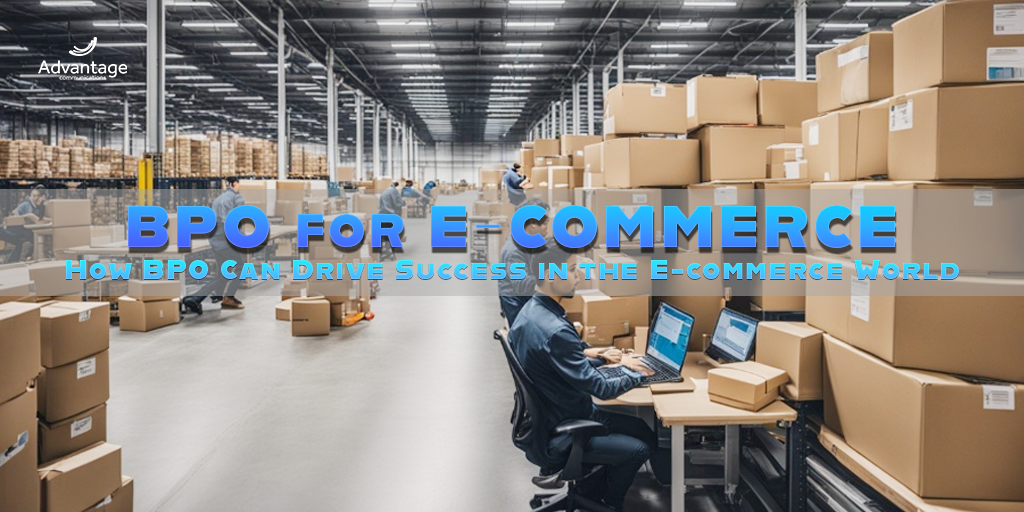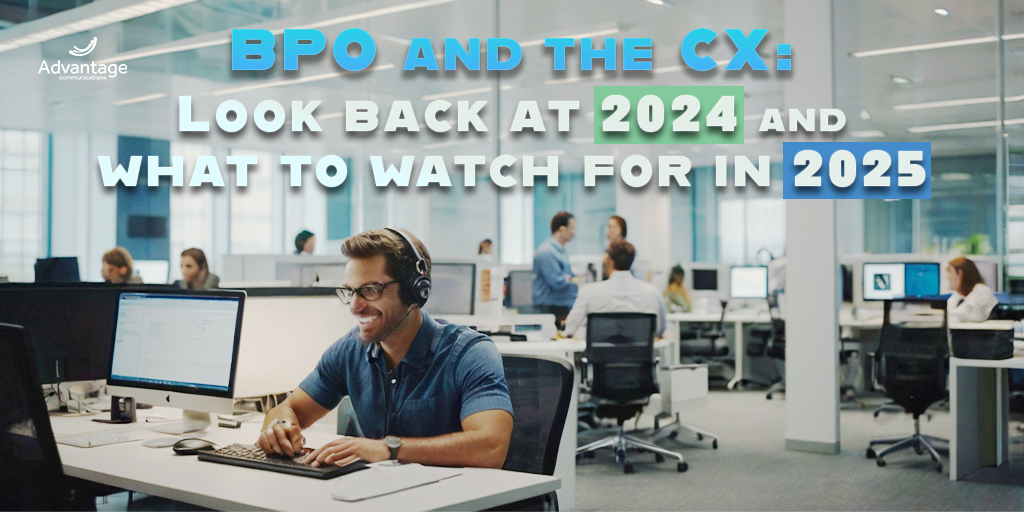
Customer experience is the key to the successof your business - that's why a huge number of companies are turning to the solutions of outsourced call centers.
It will help you to stand out from competitors and give you an edge in an increasingly technology-fueled business world in which customers are demanding an improved experienced before they even consider investing in your company’s products or services.
So, how do you make sure your company’s customer experience is constantly evolving and providing customers with the level of service they expect? Customer experience metrics are vital.
In a previous blog titled “Customer satisfaction Metrics: Comparing NPS, CSAT and CES”, we compared Net Promoter Score (NPS), Customer Satisfaction Score (CSAT) and Customer Effort Score (CES), and looked at how they can provide your business with valuable performance-based feedback.
However, when it comes to customer experience, Customer lifetime value (CLV) is arguably the most important metric to measure for any growing company and should be tracked as part of your company’s customer experience program.
So, what actually is Customer Lifetime Value?
CLV differs from the aforementioned metrics because it provides a tangible link to revenue, rather than a promise of loyalty and satisfaction.
In simple terms, customer lifetime value is a prediction of the total profit your business can expect from any given customer over the entire period of the relationship. It is quite possibly the single most important metric for understanding your customers and the customer experience journey.
CLV helps your business to make important decisions around sales, marketing, product development, customer support and the user experience - all important factors that make up customer experience.
Common business decisions solved by CLV include:
- How much should I spend to acquire a customer?
- How can I offer products and services tailored for my best customers?
- How much should I spend to service and retain a customer?
- What types of customers should customer service representatives spend the most time on trying to acquire?
How is CLV measured?
Customer lifetime value can be calculated both historically over specific time periods, or it can be predictive. These different calculations serve different purposes.
Historic CLV: This is the sum of all profits from a customer’s past purchases. This number is based on existing customer data from a specific period of time.
Predictive CLV - This calculation allows you to project how much revenue a customer will generate for your business over the course of the customer relationship. This is considered a more complete method of assessing CLV.
The most straightforward way to calculate CLV is to take the revenue you earn from a customer and subtract the initial cost of acquiring them. The longer a customer continues to purchase from your company, the greater their lifetime value becomes.
Say your company generates $1,000 each year per customer, with an average customer lifetime of 10 years and an average customer acquisition cost of $500. Your company’s CLV would look like this: $1,000 x 10 - 500 = $9,500.
If your annual sales per customer are not relatively flat, then a more in-depth CLV equation is needed. The traditional version of the CLV formula looks at rate of discount and provides a more detailed understanding of how your company’s CLV can change over the years.
For this calculation you will need:
- Average gross margin per customer lifespan.
- Customer retention rate.
- Rate of discount.
This calculation is Gross margin x (Retention rate / [1+ Rate of discount – Retention rate]
Why is CLV so important?
CLV is an important metric for one simple reason - it costs significantly less to keep an existing customer than it does to acquire a new one. If your company is looking to drive growth, it’s important to keep increasing the value of your existing customers.
Understanding your customer lifetime value will allow you to track your company’s customer experience, help you to spot the early signs of attrition and give you the data required to keep a close eye on the cost of a customer to your business.
These are all invaluable insights when it comes to driving growth within your company. Assessing your CLV will allow you to dedicate more resources to the acquisition and retention of high-value customers, and in turn, will boost your profits.
Ready to learn more about CLV and how Advantage Communications can improve your company’s customer experience? Contact us today.




